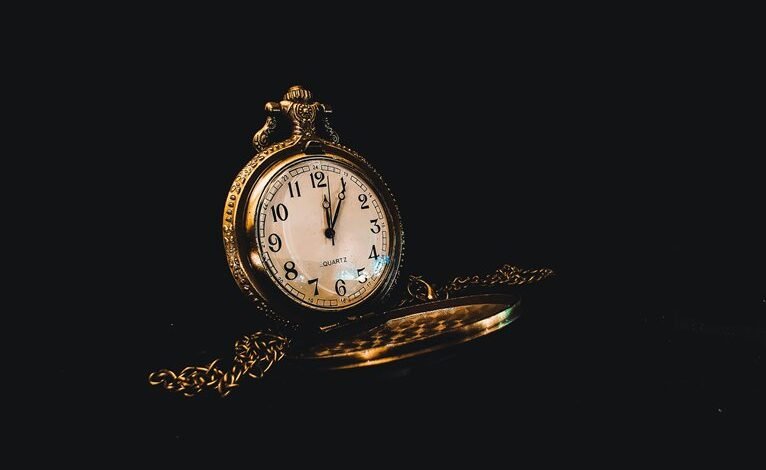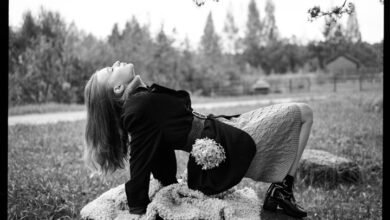Reviving Retro: A Look Back at Classic European Fashion

Reviving retro European fashion serves as a compelling lens through which to examine past sartorial influences. The 1950s emphasized elegance and femininity, while the 1970s broke boundaries with vibrant patterns and self-expression. This interplay between historical styles and modern wardrobes highlights a continuum of design principles. Yet, the question remains: how do these vintage elements resonate with contemporary identity, and what impact do they have on today's fashion landscape?
The Glamour of the 1950s: Elegance and Femininity
As the world emerged from the shadows of World War II, the 1950s marked a significant turning point in fashion, characterized by an embrace of elegance and femininity that reflected broader societal changes.
Feminine silhouettes dominated wardrobes, accentuating curves and promoting a sense of liberation. Vintage accessories, such as gloves and pearls, complemented these styles, reinforcing a nostalgic yet progressive aesthetic that celebrated women's newfound roles in society.
The Bold and Bright 1970s: Patterns and Individuality
Vibrancy defined the 1970s, a decade where fashion became a canvas for self-expression and individuality.
Psychedelic prints dominated, showcasing bold colors and intricate designs that challenged conventional aesthetics. This era celebrated freedom, encouraging individuals to experiment with styles.
Statement accessories, from oversized sunglasses to chunky jewelry, further amplified personal expression, making every outfit a declaration of one's unique identity and spirit.
Iconic Designers Who Shaped European Fashion
The landscape of European fashion has been profoundly shaped by a select group of visionary designers whose innovative approaches and distinctive aesthetics have left an indelible mark on the industry.
Pioneers of Chic Minimalism and champions of Timeless Aesthetics, these creators redefined elegance, emphasizing simplicity and quality.
Their enduring influence continues to resonate, inspiring contemporary styles while celebrating the rich heritage of European fashion.
How Vintage Styles Influence Modern Wardrobes
While many modern wardrobes are characterized by contemporary trends, the enduring allure of vintage styles continues to shape fashion choices today.
Vintage reinvention manifests through modern adaptations, where designers reinterpret classic silhouettes and patterns. This fusion allows individuals to express individuality while embracing nostalgia, highlighting the cyclical nature of fashion.
Ultimately, vintage influences empower wearers to blend past elegance with current aesthetics, enriching their personal style narratives.
Conclusion
In conclusion, the revival of retro European fashion intertwines the elegance of the 1950s with the bold self-expression of the 1970s, creating a visual tapestry reminiscent of a time when style served as a canvas for identity. Iconic designers laid the groundwork for these enduring trends, which continue to shape contemporary wardrobes. As modern individuals don vintage-inspired pieces, they become time travelers, navigating the corridors of fashion history while crafting their unique narratives in today's vibrant style landscape.




